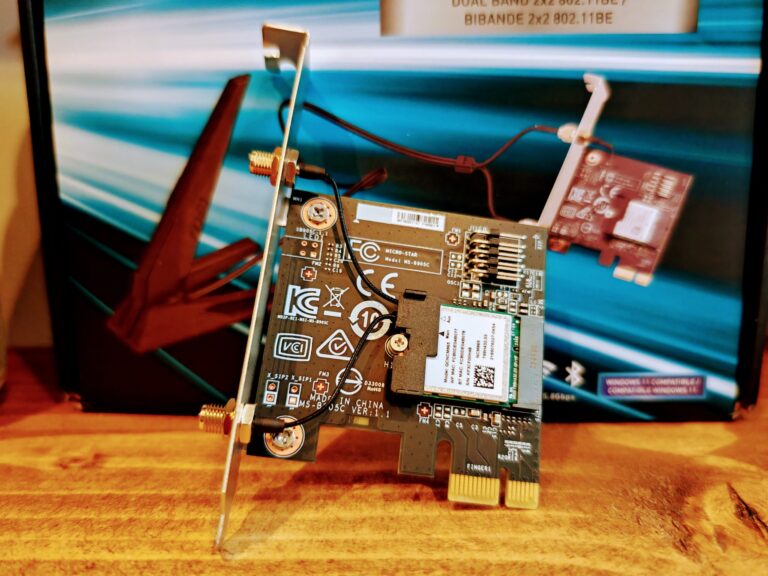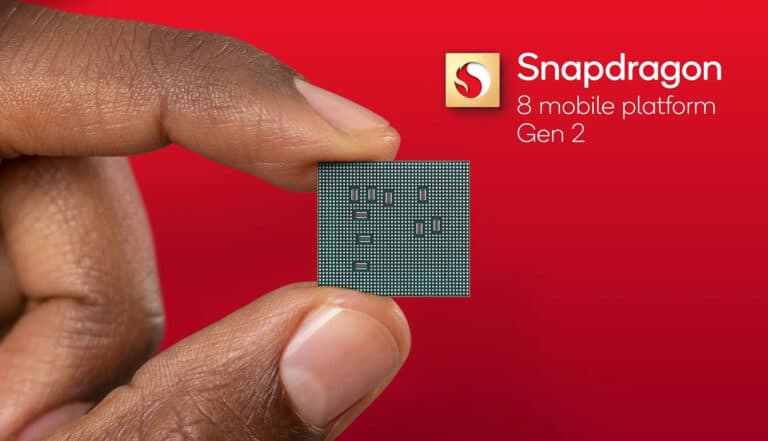Any links to online stores should be assumed to be affiliates. The company or PR agency provides all or most review samples. They have no control over my content, and I provide my honest opinion.
The gaming industry has grown over the last decade, and mobile gaming has turned out to be the most dominating factor. A few factors were responsible for this change towards mobile gaming, relating to the advancement of technology and shifting preferences of users for entertainment. While smartphones are getting more functional and affordable, accordingly, mobile games are drawing huge appeal across a wide audience, topping the chart related to console and PC gaming in terms of popularity and revenue generation.
Accessibility and Convenience
Convenience is what brought mobile gaming in such a short period. Access to mobile games is available anytime and anywhere, unlike traditional forms of gaming that require a separately set device and specific settings. This is why mobile gaming appeals to users, whether they have busy schedules or enjoy gaming on the go.
Also, nearly everyone nowadays owns a smartphone, which is widely available, creating a great market for mobile game developers. With their accessibility, smartphones have made it so that gaming, including options like online casino games, no longer requires investment in consoles or PCs. This openness towards gaming expanded the demographic, attracting everyone from older adults to casual players who might not have been interested in gaming earlier.
Social and Casual Gaming Appeal

Mobile gaming attracted diverse demographics partly due to its focus on social and casual gameplay. Most successful games would include something social: playing with your friends or competing via leaderboards. Examples of these would be “Candy Crush” and “Among Us,” where players could all join their friends in very accessible yet addictive games.
Even competitive or skill-based games offer casual play options, allowing players to play free of any kind of pressure. This focus on relaxed gaming distinguishes mobile games from traditional video games, which often require more competitive play and much larger time commitments.
The Impact of Freemium and Microtransaction Models
The “freemium” model, where games are free to download but offer in-app purchases to enhance gameplay, has contributed to this success. It works very well because when people are not charged for anything at the front door, they are more willing to play, and once hooked; some eventually spend money on extra features, characters, or objects that bring in serious money to creators.
This freemium model has further developed the possibility to include unique gameplay options catering to the many tastes and budgets of gamers. Items, currency, and character upgrades are examples of things that could be played in-game and bought at will to enhance the experience.
Technological Advancements in Mobile Devices
In no time, smartphone capabilities have quickly advanced, supporting sophisticated graphics and complex gameplay. Today, high-power mobile devices display immersive 3D graphics down to AR features included in games, such as “Pokémon Go.” These technological leads have set mobile games free to offer experiences that once came from just consoles or PCs.
With greater power came not only a rise in the level of gameplay but also completely new genres of games. Online casino games have started to find growth on mobile devices, too, making it rather easy for gamers to reach some classic games that are now fully optimized for mobile gameplay, including slots, blackjack, and roulette.
A Focus on Diverse Content and Continuous Updates
So far, it has been left to the mobile game developers themselves to take up this task, and they have created everything from puzzles and RPGs to simulations and even input-based fitness games. In fact, nearly every genre can be represented on mobile formats. It is such diversity that will attract and maintain players of all ages and walks of life.
Besides, mobile games are updated relatively frequently, thus bringing novelty to retain users’ interest for an extended period of time. Frequent updates, like new levels, characters, or seasonal events, keep games dynamic and engaging. This approach efficiently keeps mobile games engaging because it keeps users interested and engaged.
In Closing
Mobile games have utterly made the face of the industry friendlier, more diversified, and technologically developed than ever. From the social contacts established by casual gamers to the stunning graphics enabled by powerful smartphones, mobile gaming offers something for every preference. With developers innovating and continuing to push the bounds of mobile gaming, this is clearly a sector that will keep growing in influence and appeal.
I am James, a UK-based tech enthusiast and the Editor and Owner of Mighty Gadget, which I’ve proudly run since 2007. Passionate about all things technology, my expertise spans from computers and networking to mobile, wearables, and smart home devices.
As a fitness fanatic who loves running and cycling, I also have a keen interest in fitness-related technology, and I take every opportunity to cover this niche on my blog. My diverse interests allow me to bring a unique perspective to tech blogging, merging lifestyle, fitness, and the latest tech trends.
In my academic pursuits, I earned a BSc in Information Systems Design from UCLAN, before advancing my learning with a Master’s Degree in Computing. This advanced study also included Cisco CCNA accreditation, further demonstrating my commitment to understanding and staying ahead of the technology curve.
I’m proud to share that Vuelio has consistently ranked Mighty Gadget as one of the top technology blogs in the UK. With my dedication to technology and drive to share my insights, I aim to continue providing my readers with engaging and informative content.







